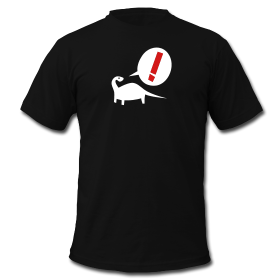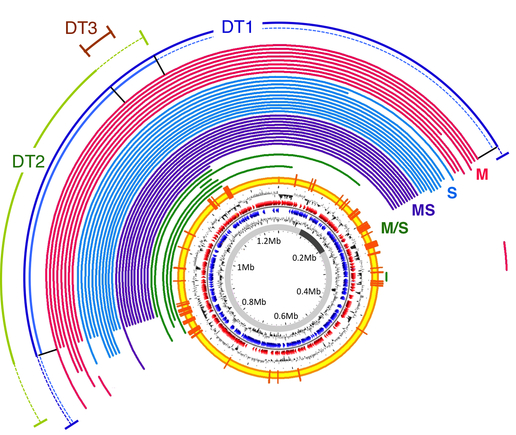 Geneticist Ronald A. Fisher. Photo via WikiMedia Commons.
Geneticist Ronald A. Fisher. Photo via WikiMedia Commons.This week at the collaborative science blog Nothing in Biology Makes Sense!, my lab-mate John Stanton-Geddes writes about the current state of evolutionary genetics, as presented at the recent Evolution meetings in Ottawa:
One theme that emerged through the meeting was “The genetic basis for [insert trait here]. While this goal of mapping phenotype to genotype has been a primary goal of many evolutionary ecologists since the first QTL mapping studies, it has recently come under strong criticism, notably in a fantastic paper by Matthew Rockman in the journal Evolution last year, but also by Pritchard and Di Rienzo 2010 and in a forthcoming article by Ruth Shaw (full disclosure: Ruth was my PhD advisor) and Mike Travisano.
Readers of Denim and Tweed will recognize that John’s complaint about our ongoing fixation (ha!) on individual genes of large effect mirrors some of my own recent thinking. So naturally, I think you should go read the whole thing.◼











